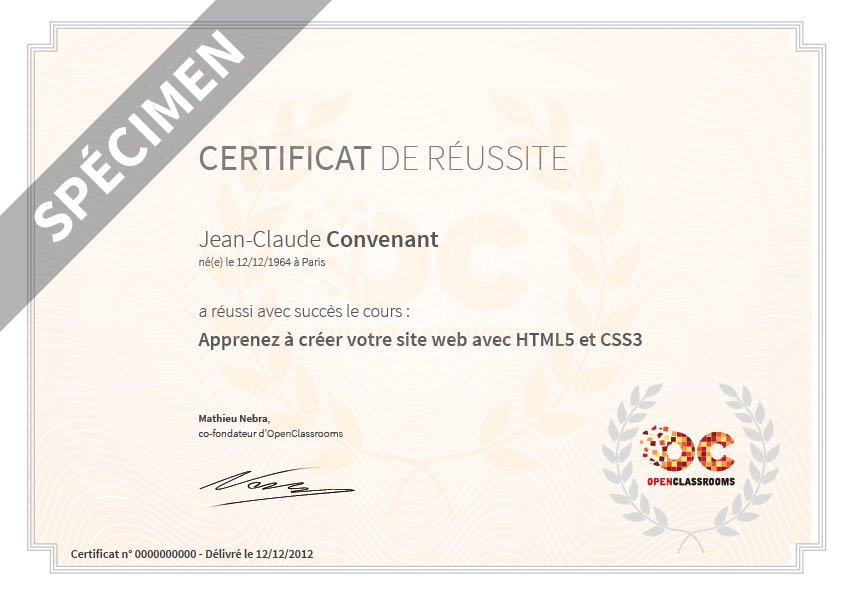Do you ever get overwhelmed with work, and it feels like everything is urgent? Have stress or anxiety ever caused you to forget something important? If so, this course can help!
Maybe you’re an employee and you want to streamline your daily workload so you can go home a little earlier. Or perhaps you’re a working student and you need to be as efficient as possible to juggle your studies with your workload.
Believe it or not, you can get twice as much done in a day simply by managing your time more effectively. This isn’t a skill that comes naturally, but rest assured, there are simple methods for time management, and you can learn them right here.
Our goal isn’t to turn you into a workaholic, but to help you be more efficient! We designed this course to teach you to “take the reins” instead of letting your workload run your life.
So, ready to identify the bad habits that are eating up your time, and transform that ticking clock from enemy into ally? Join me in this course!
